Home>Gardening & Outdoor>Plant Care & Gardening Tips>How Long Can You Keep Flower Bulbs
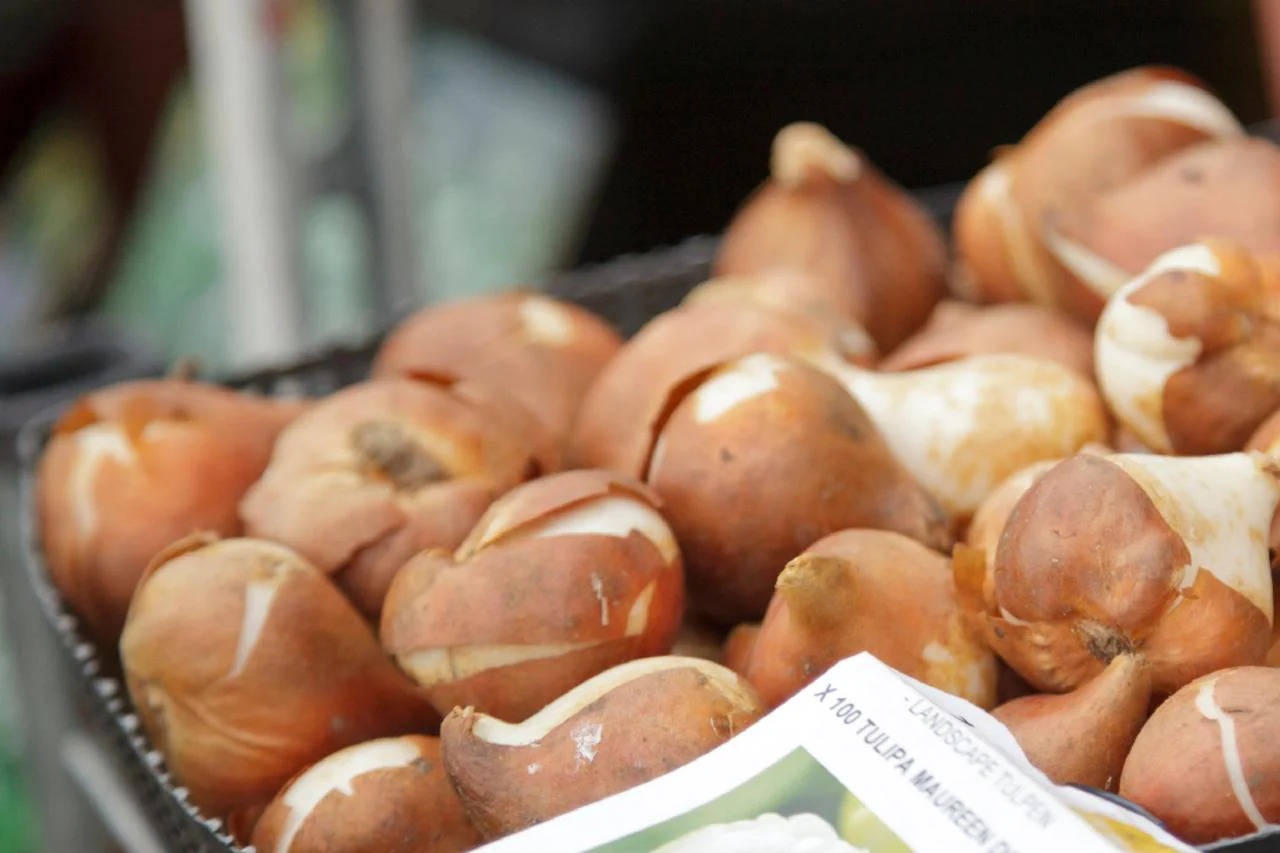

Plant Care & Gardening Tips
How Long Can You Keep Flower Bulbs
Modified: January 22, 2024
Learn how to properly store and maintain flower bulbs for optimal growth and bloom. Get expert plant care and gardening tips for long-lasting, beautiful flowers.
(Many of the links in this article redirect to a specific reviewed product. Your purchase of these products through affiliate links helps to generate commission for Storables.com, at no extra cost. Learn more)
**
Introduction
**
Welcome to the enchanting world of flower bulbs! These underground energy storehouses are nature's way of ensuring the perpetual beauty of our gardens. Whether you're a seasoned gardener or just starting out, understanding the lifespan of flower bulbs is crucial for successful gardening. In this article, we'll delve into the fascinating realm of flower bulb longevity, exploring the factors that influence their lifespan, effective storage methods, and techniques for assessing bulb viability.
Flower bulbs, such as tulips, daffodils, and hyacinths, bring vibrant colors and delightful fragrances to our outdoor spaces. Understanding how long you can keep flower bulbs viable is essential for planning your garden's seasonal displays. By gaining insights into the factors affecting bulb longevity and learning the best practices for storing and assessing bulb viability, you'll be better equipped to nurture these botanical treasures.
Join me on this journey as we unravel the mysteries of flower bulb longevity and discover the secrets to preserving their vitality for seasons to come. Whether you're a green-thumbed enthusiast or a curious beginner, this article will equip you with the knowledge and techniques to make the most of your flower bulbs and create stunning displays that will captivate and inspire. Let's embark on this horticultural adventure together!
**
Key Takeaways:
- Preserve bulb vitality by storing them in a cool, dry place, checking for firmness, and discarding any that float in water.
- Understand the factors affecting bulb longevity and implement proper care and maintenance for vibrant, flourishing garden displays.
Factors Affecting Bulb Longevity
**
The lifespan of flower bulbs is influenced by various factors, each playing a pivotal role in determining how long these botanical gems remain viable. Understanding these factors is essential for cultivating healthy bulbs and ensuring their long-term success in your garden. Let’s explore the key elements that impact bulb longevity:
- Variety and Species: Different bulb species have varying natural lifespans. Some bulbs, like tulips and daffodils, are known for their longevity and can thrive for several years when well cared for. Others, such as certain types of lilies, may have shorter lifespans and require more frequent rejuvenation.
- Growing Conditions: The environment in which bulbs are cultivated significantly affects their longevity. Factors such as soil quality, drainage, sunlight exposure, and temperature play crucial roles in determining the overall health and lifespan of flower bulbs.
- Pest and Disease Resistance: Bulbs that are more resistant to pests and diseases are likely to have longer lifespans. Implementing effective pest control measures and ensuring proper disease management can help prolong the vitality of your flower bulbs.
- Proper Care and Maintenance: Adequate care, including timely watering, fertilization, and proper pruning, directly impacts bulb longevity. Neglecting essential maintenance practices can shorten the lifespan of flower bulbs and diminish their overall vigor.
- Harvesting and Storage: The post-harvest handling of bulbs greatly influences their longevity. Properly curing and storing bulbs after they have been harvested ensures that they retain their vitality and are primed for successful planting in subsequent seasons.
By considering these factors and implementing appropriate measures, you can optimize the longevity of your flower bulbs, allowing them to thrive and grace your garden with their exquisite blooms for years to come. Now that we’ve explored the key elements influencing bulb longevity, let’s delve into effective storage methods to preserve the vitality of these botanical treasures.
**
Storing Flower Bulbs
**
Proper storage is essential for maintaining the vitality of flower bulbs and ensuring their readiness for future planting. Whether you’re saving bulbs for the next season or storing extras for later use, following effective storage practices is crucial for preserving their energy and viability. Let’s explore the best methods for storing flower bulbs:
- Cleaning and Drying: After lifting the bulbs from the soil, gently remove excess dirt and debris. Allow the bulbs to air dry in a well-ventilated area to prevent moisture retention, which can lead to rot or fungal growth.
- Cool, Dry Environment: Bulbs should be stored in a cool, dry location to prevent premature sprouting or decay. A well-ventilated area with moderate humidity levels is ideal for preserving bulb quality.
- Proper Containers: Choose breathable containers such as mesh bags or paper sacks for storing bulbs. Avoid airtight containers, as they can trap moisture and compromise bulb viability.
- Labeling and Organization: Clearly label stored bulbs with their variety and planting depth to ensure easy identification when it’s time for planting. Organizing bulbs by type and planting season streamlines the retrieval process and minimizes confusion.
- Temperature Considerations: While cool temperatures are beneficial for bulb storage, it’s important to avoid extreme cold that can cause damage. Aim for a storage area with temperatures ranging from 35°F to 50°F (1.6°C to 10°C) for most bulb varieties.
- Regular Monitoring: Periodically check stored bulbs for signs of decay or disease. Discard any bulbs showing symptoms of rot or damage to prevent the spread of issues to healthy bulbs.
By adhering to these storage guidelines, you can safeguard the energy reserves of your flower bulbs and ensure their viability for future planting. Properly stored bulbs will be primed for successful growth and will contribute to vibrant, flourishing displays in your garden. Now that we’ve covered effective storage methods, let’s explore techniques for checking the viability of stored flower bulbs.
**
Most flower bulbs can be kept for 1-2 months if stored in a cool, dry place. It’s important to check for any signs of mold or rot during storage.
Checking Bulb Viability
**
Before planting stored flower bulbs, it’s essential to assess their viability to ensure successful germination and robust growth. By employing simple yet effective techniques, you can determine the health and potential of your stored bulbs, enabling you to make informed decisions when preparing for the upcoming planting season. Let’s explore methods for checking bulb viability:
- Physical Inspection: Examine the stored bulbs for signs of firmness and plumpness. Healthy bulbs should feel firm to the touch and exhibit no soft spots or mold growth. Bulbs that appear shriveled or show visible signs of damage may have compromised viability.
- Sprouting Assessment: Some bulbs may naturally begin to sprout during storage. While minor sprouting is not necessarily detrimental, extensive or overly advanced sprouting can indicate that the bulbs have used up their energy reserves and may struggle to establish strong root systems when planted.
- Float Test: For bulbs that raise concerns about their viability, a simple float test can provide valuable insights. Submerge the bulbs in a container of water, discarding any that float, as they are likely compromised or hollow. Healthy bulbs will sink and remain submerged.
- Scent Evaluation: A musty or foul odor emanating from stored bulbs is often indicative of fungal or bacterial issues. Healthy bulbs should have a neutral or slightly earthy scent, signaling their readiness for planting.
- Visual Indications: Inspect the basal plate of the bulb, where roots emerge, for any signs of rot or discoloration. A healthy bulb should display a clean, solid basal plate, free from decay or blemishes.
By employing these assessment techniques, you can confidently identify viable flower bulbs and discard any that show signs of compromise. This proactive approach ensures that only the healthiest bulbs are selected for planting, setting the stage for successful growth and blossoming in your garden. With your bulbs now assessed for viability, you’re well-equipped to embark on the next phase of your gardening journey.
**
Conclusion
**
As we conclude our exploration of flower bulb longevity, storage, and viability, you’ve gained valuable insights into the intricate world of preserving and nurturing these botanical treasures. By understanding the factors influencing bulb longevity, implementing effective storage practices, and assessing bulb viability, you’re well-prepared to cultivate vibrant, flourishing displays in your garden. Armed with this knowledge, you can embark on your gardening endeavors with confidence and enthusiasm.
Remember that each flower bulb is a reservoir of potential, waiting to burst forth with life and color. By providing the optimal growing conditions and attentive care, you can unlock the full splendor of these natural wonders. Whether you’re tending to tulips, daffodils, hyacinths, or a myriad of other bulb varieties, the principles of longevity, storage, and viability remain universal, guiding you toward successful gardening experiences.
As you prepare for the upcoming planting season, take the time to assess the health and vitality of your stored bulbs, selecting only the finest specimens for the next phase of their journey. With your dedication and the knowledge you’ve acquired, you’re poised to create enchanting floral tapestries that will captivate the senses and uplift the spirit.
Embrace the magic of flower bulbs, and let their timeless beauty inspire your gardening pursuits. Through mindful stewardship and a deep appreciation for nature’s gifts, you can cultivate a tapestry of blooms that will enchant and delight for seasons to come. May your gardens flourish and your heart be filled with the joy of nurturing life’s exquisite creations.
As you venture into the world of flower bulbs, remember that each bulb holds the promise of a new beginning, a testament to nature’s enduring cycle of renewal and growth. With your newfound knowledge, tenderness, and care, you’re poised to orchestrate a symphony of colors and fragrances that will transform your garden into a sanctuary of natural wonder.
Frequently Asked Questions about How Long Can You Keep Flower Bulbs
Was this page helpful?
At Storables.com, we guarantee accurate and reliable information. Our content, validated by Expert Board Contributors, is crafted following stringent Editorial Policies. We're committed to providing you with well-researched, expert-backed insights for all your informational needs.
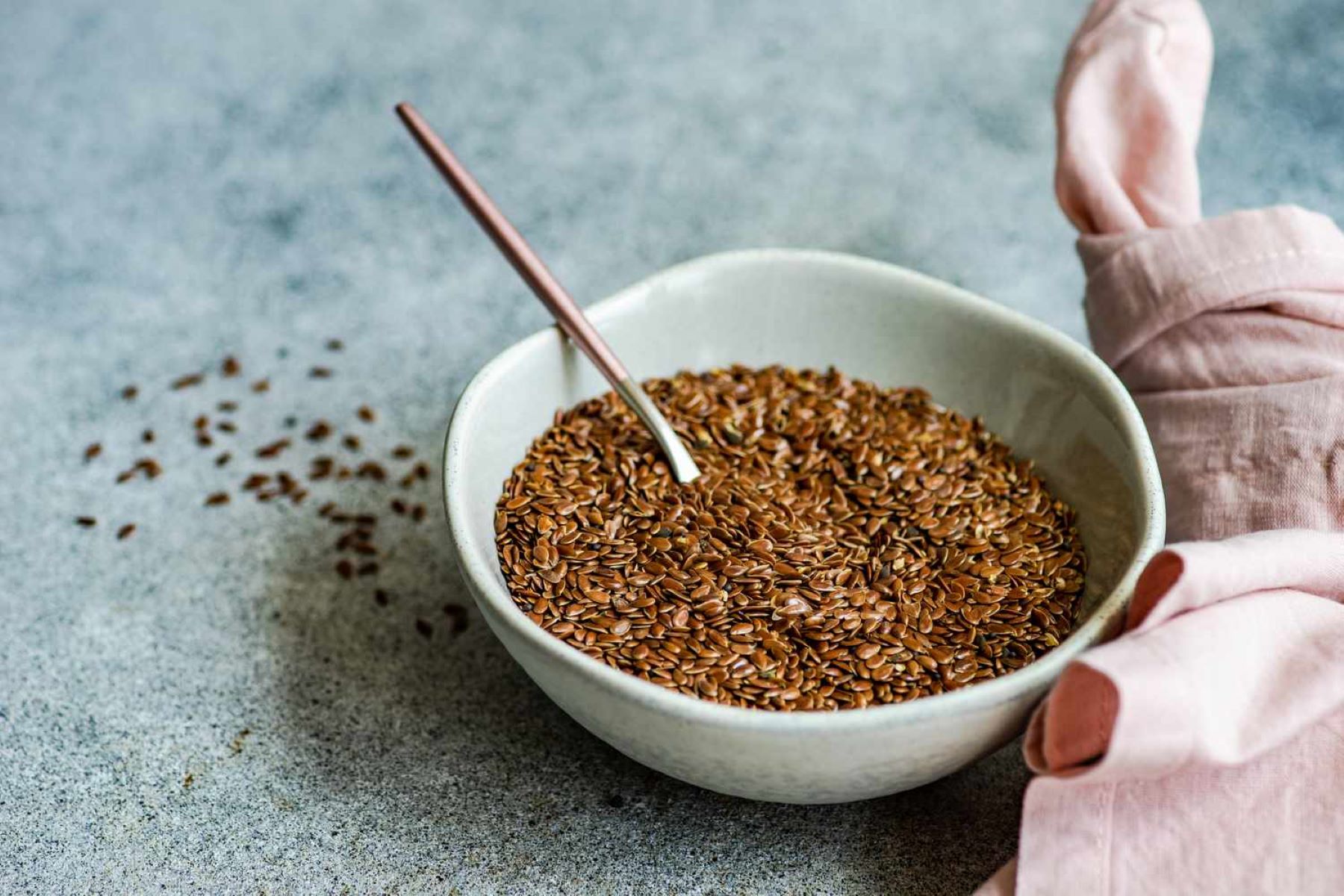
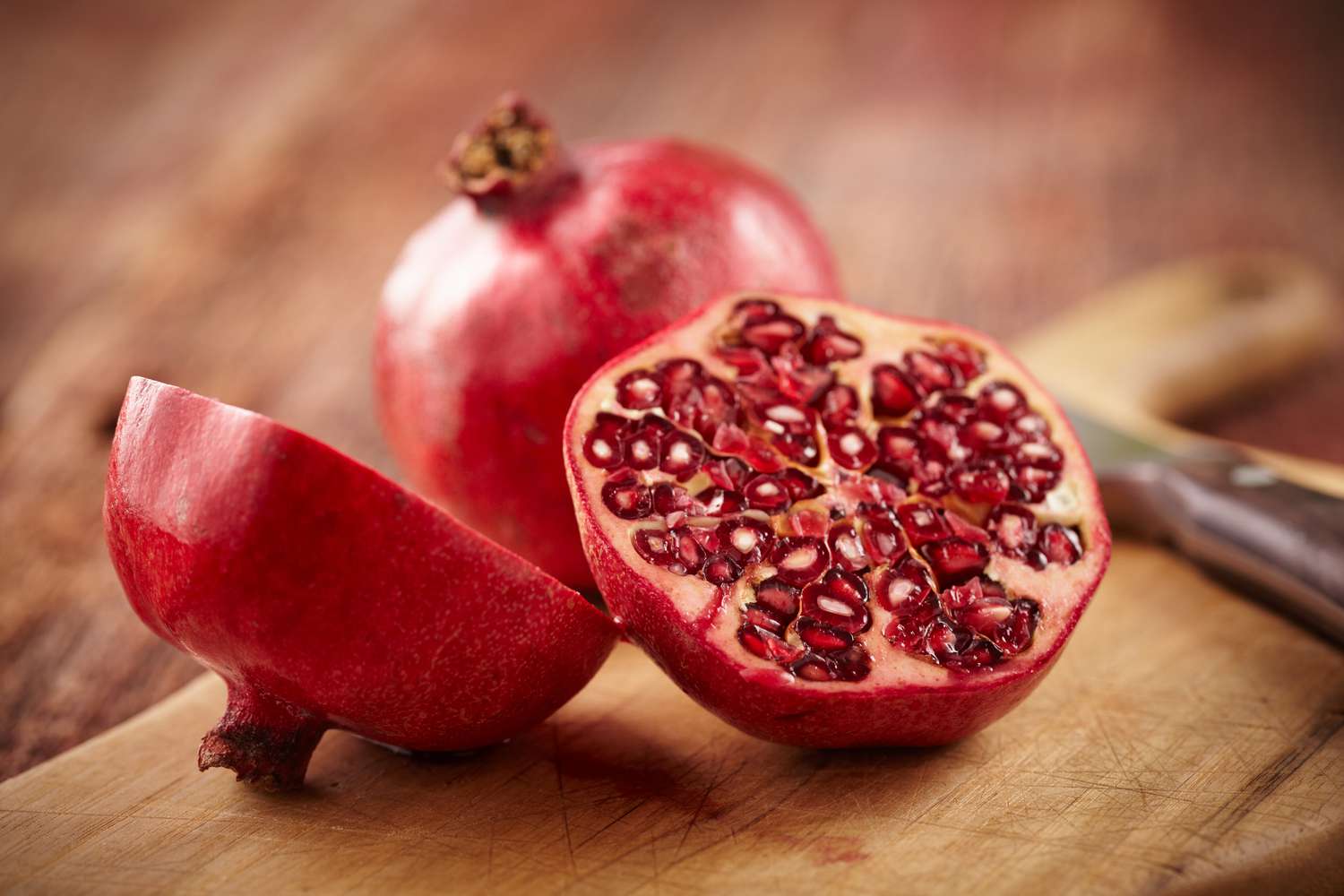
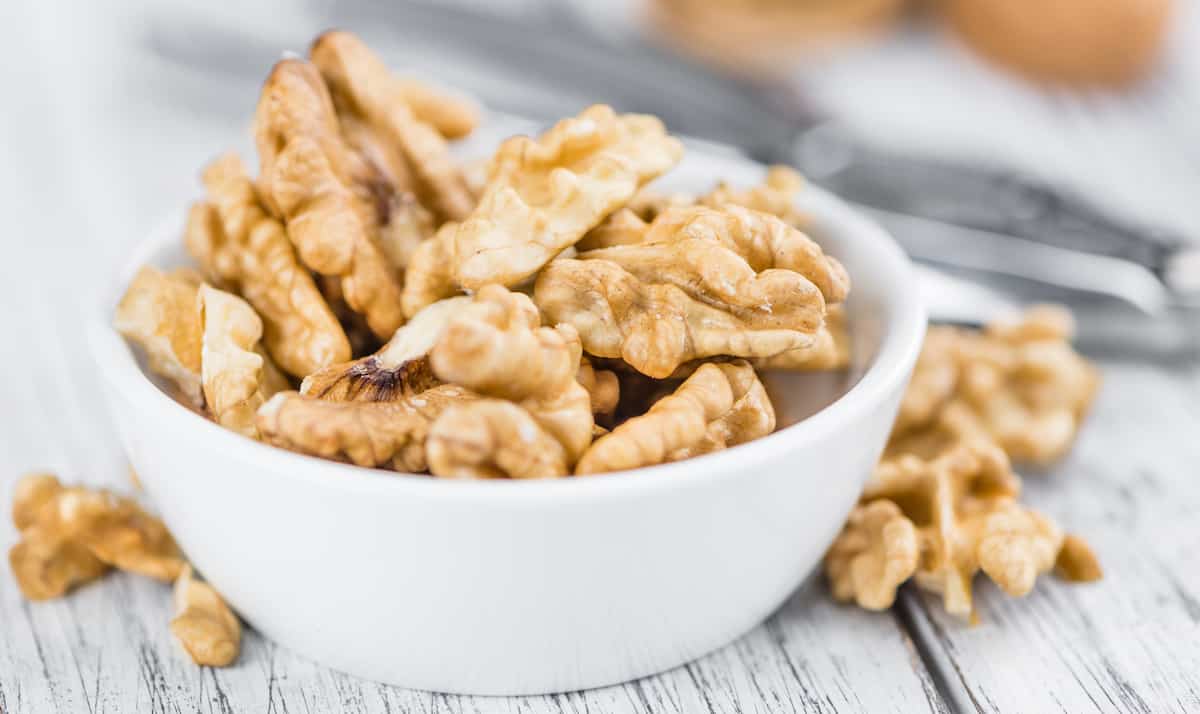

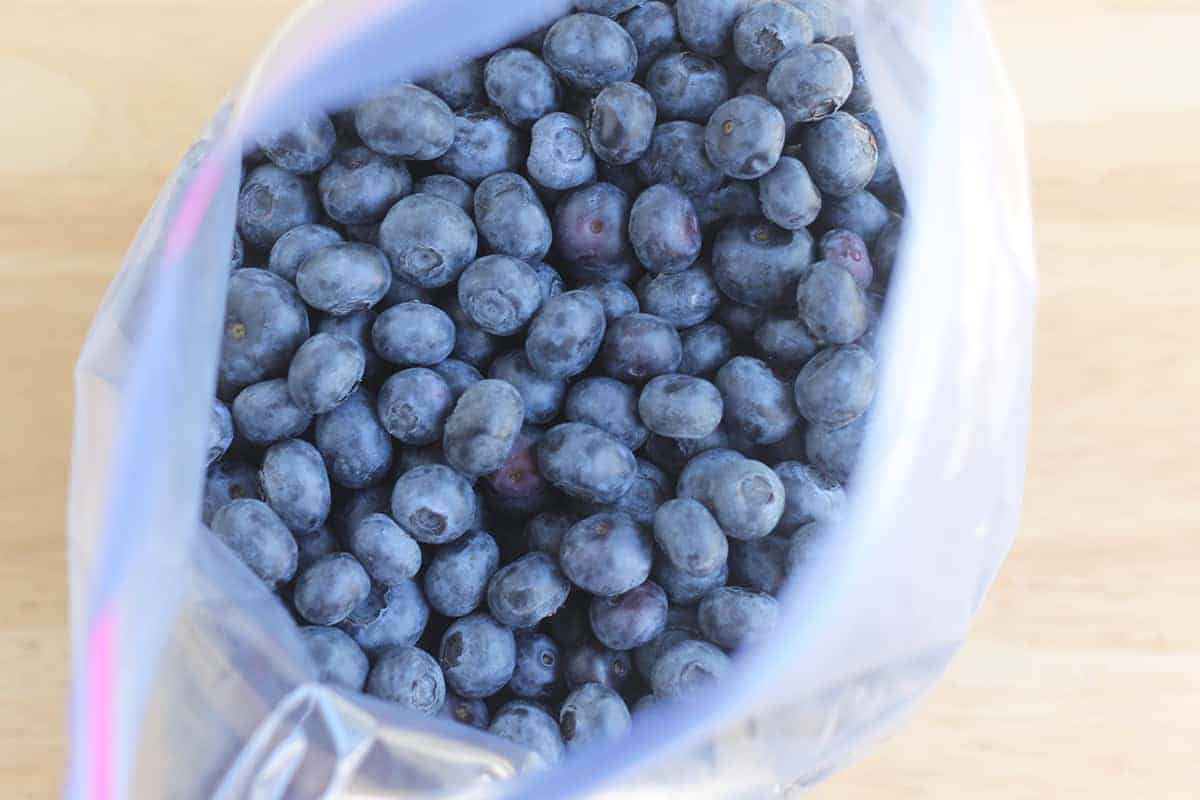

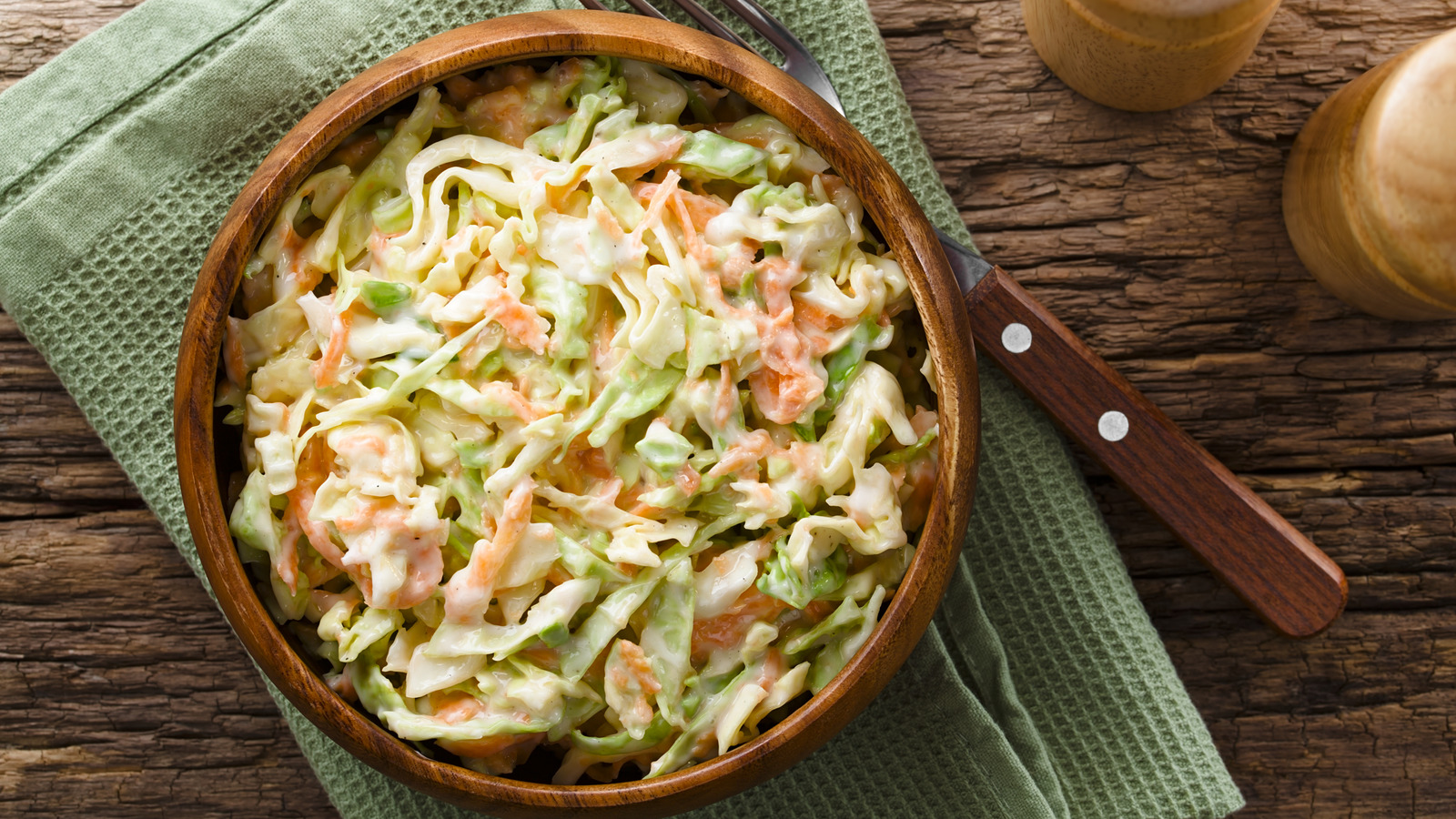

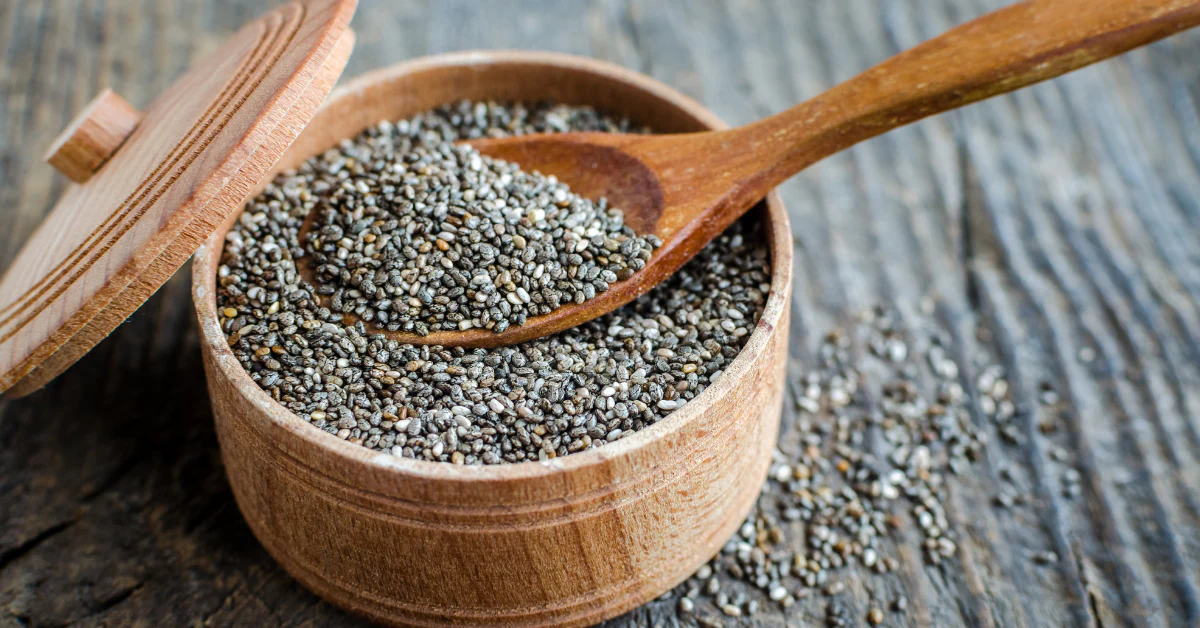
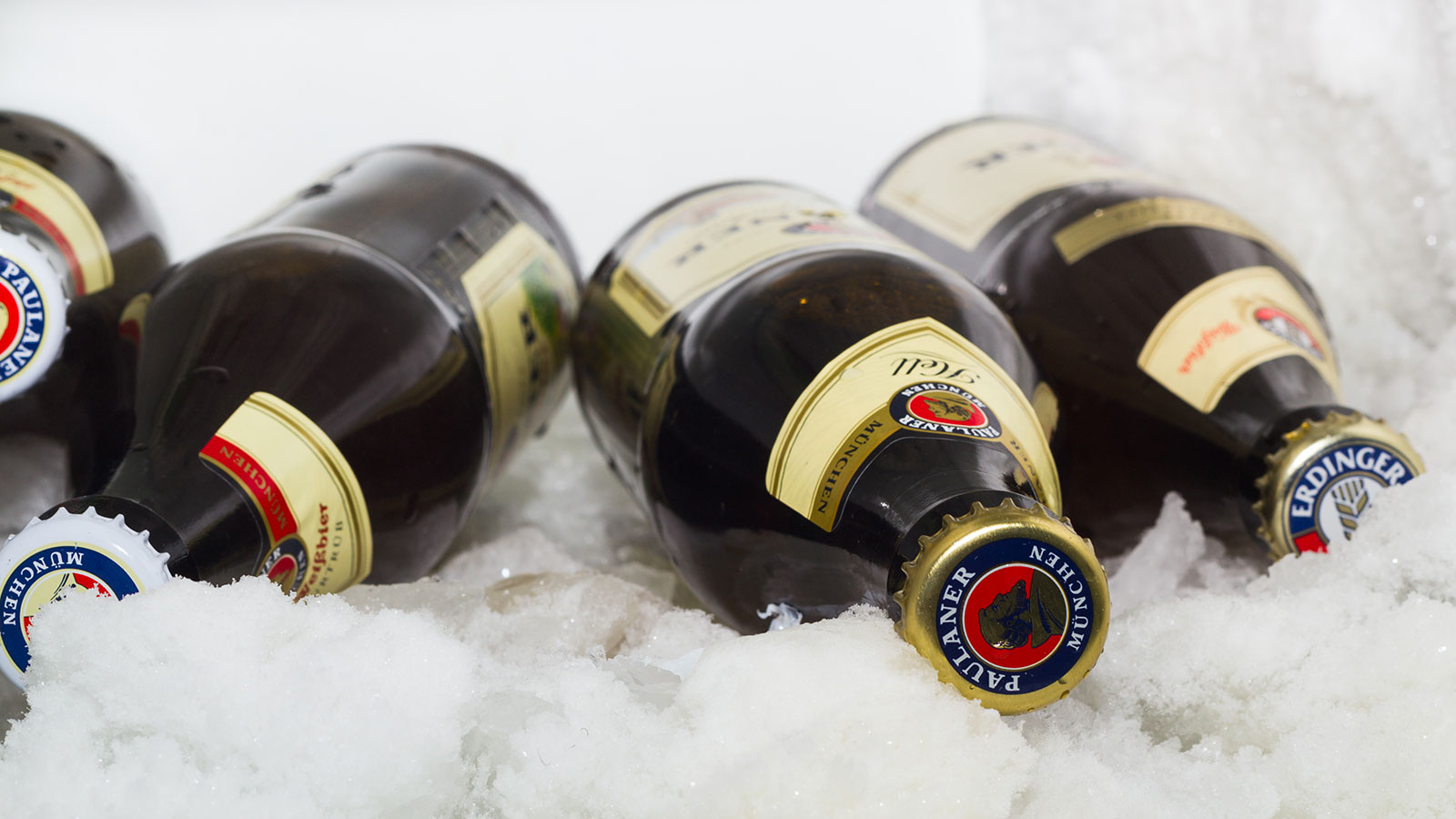

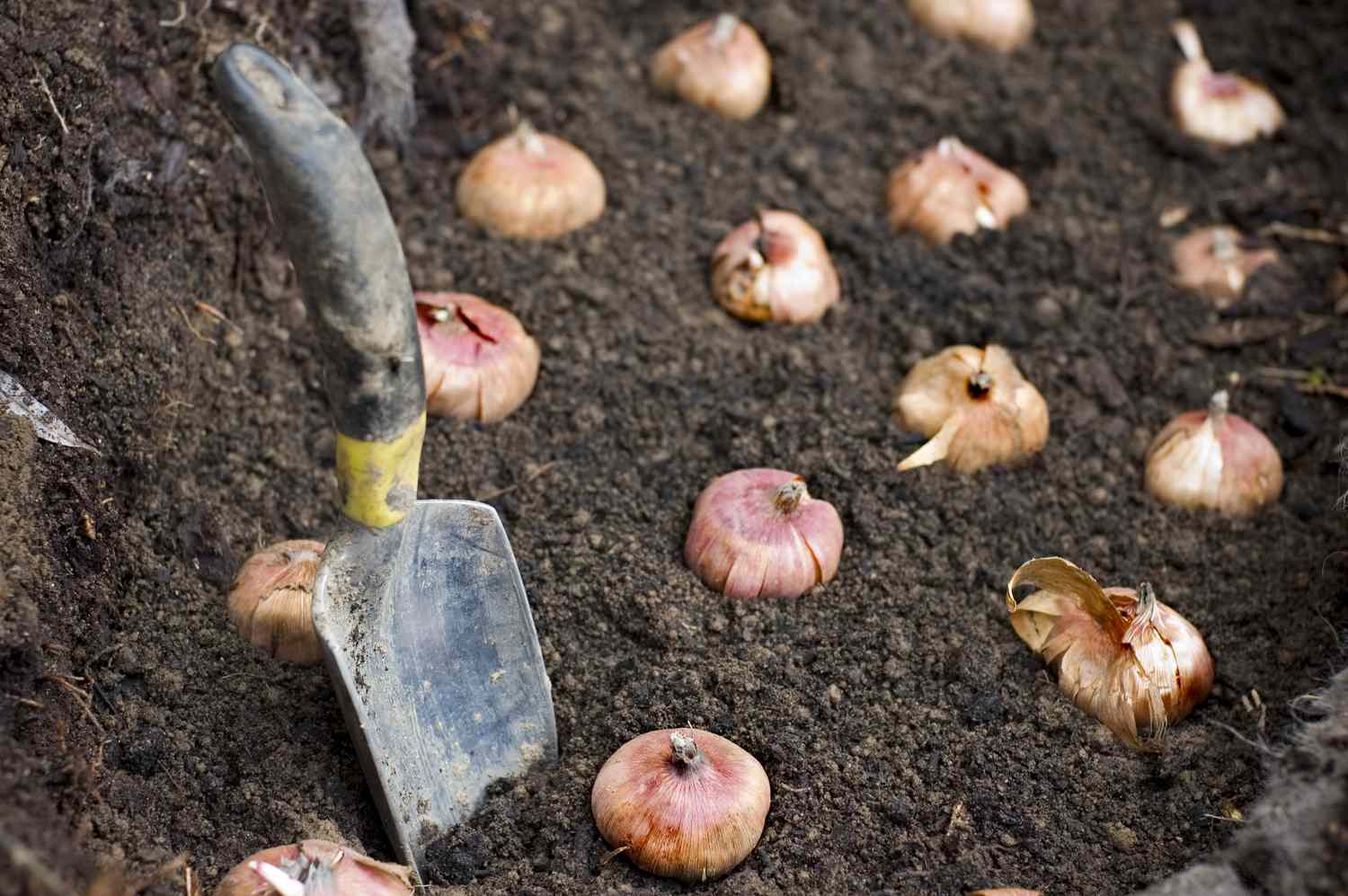
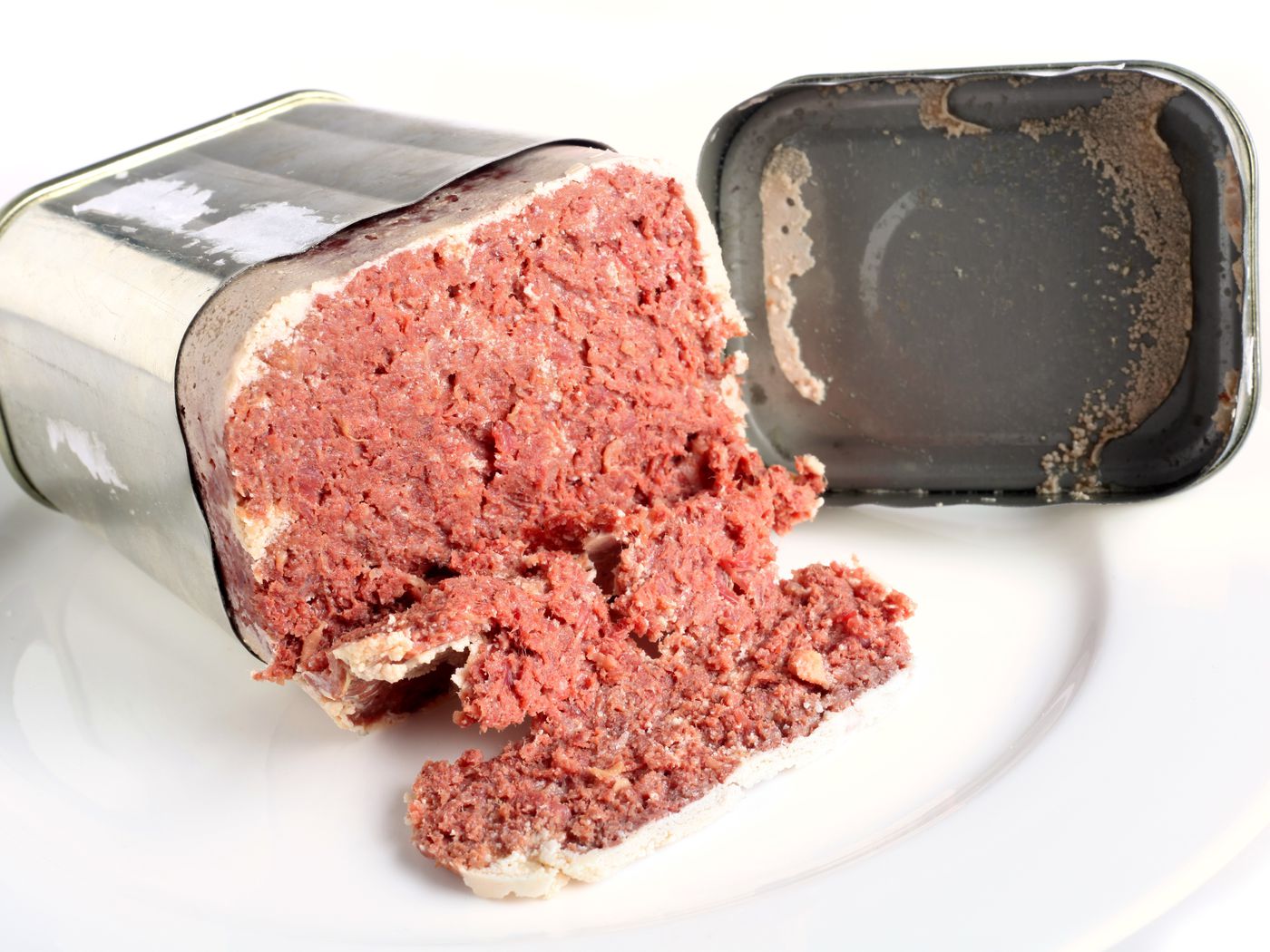
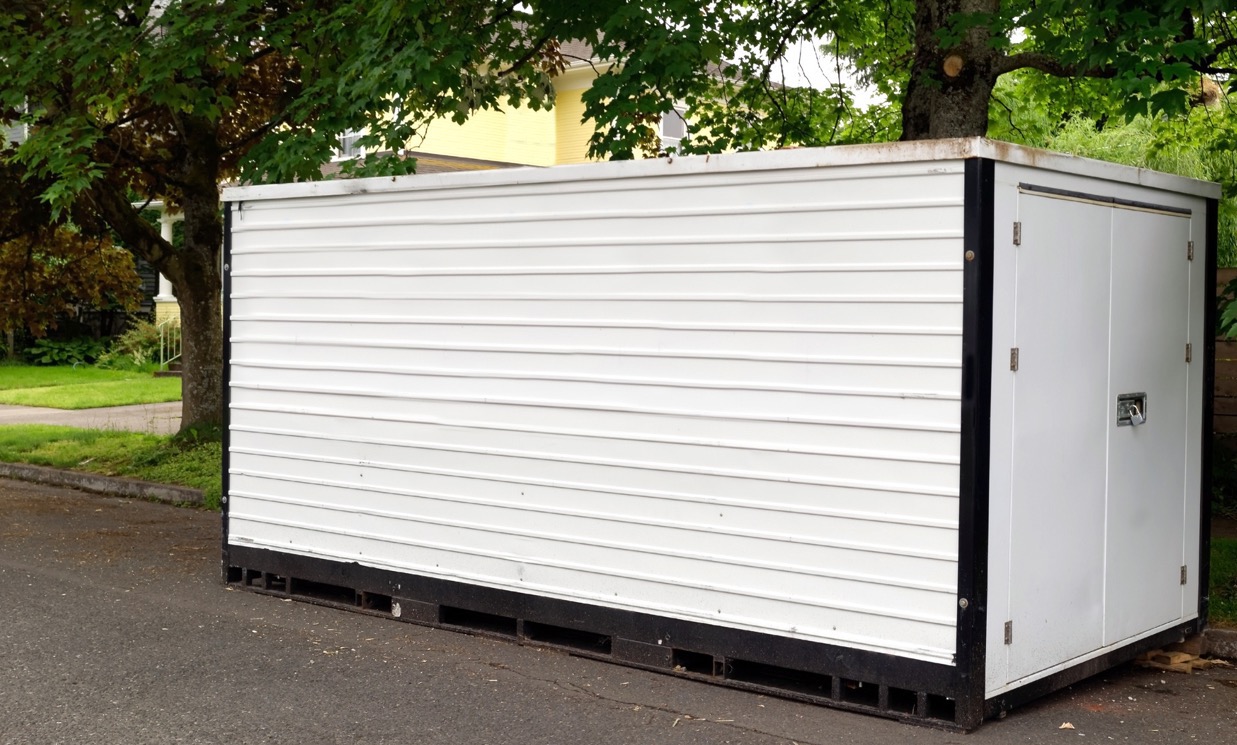


0 thoughts on “How Long Can You Keep Flower Bulbs”